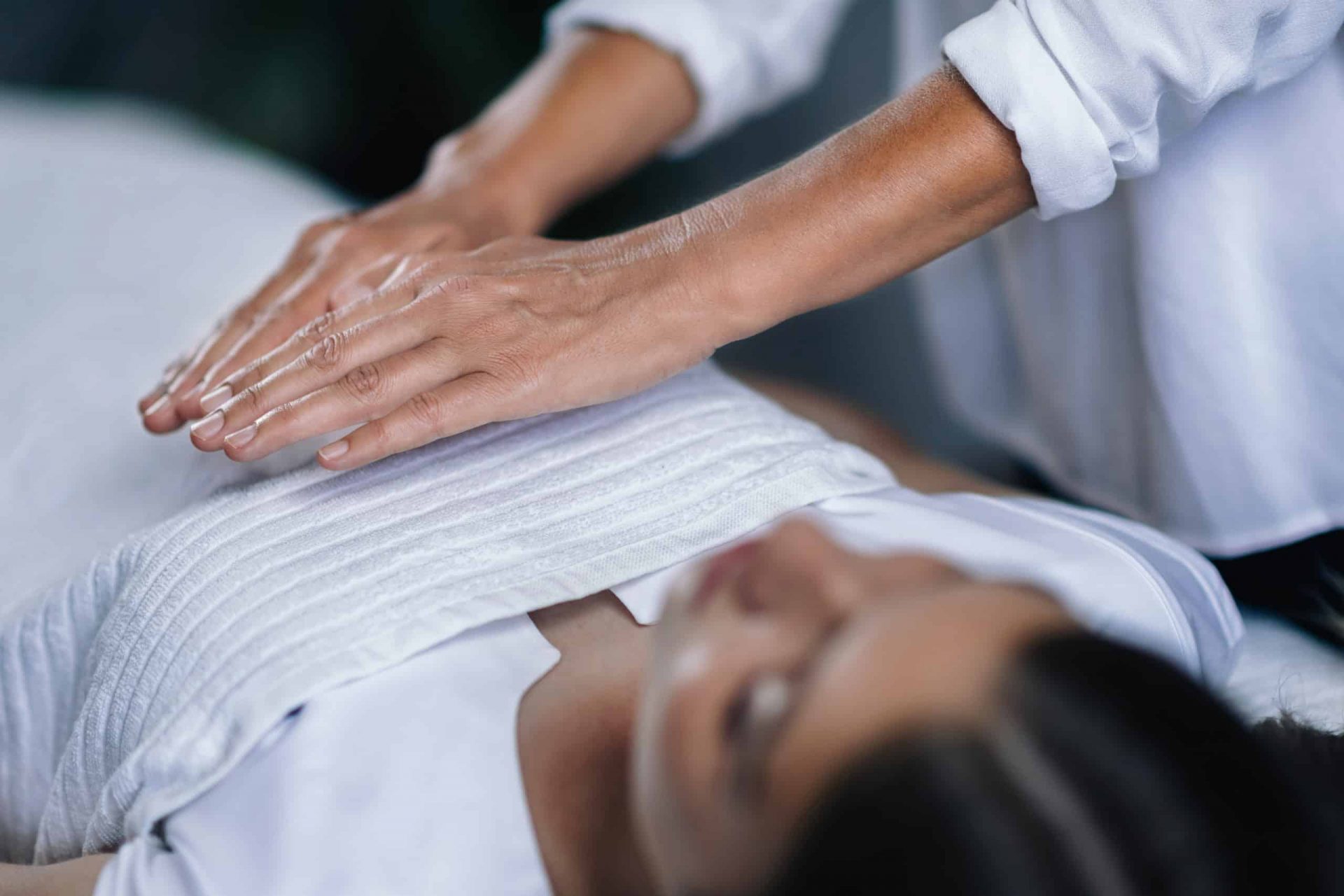Simply put, Reiki is universal life force energy that everyone has access to. It was not created as it always existed, and humans just developed a way to channel it.
Reiki is a form of energy healing that originated in Japan in the early 20th century by master Mikao Usui. Common misconceptions include that it’s a spiritual practice that was created, however, that has been debunked by Mikao Usui himself and other Reiki masters. The concept of Reiki simply put is energy healing; all energy comes from a “universal life force energy,” meaning that energy is everything and everything is energy. It wasn’t something that was created; it has always existed and humans just developed a way to channel it to help ourselves.
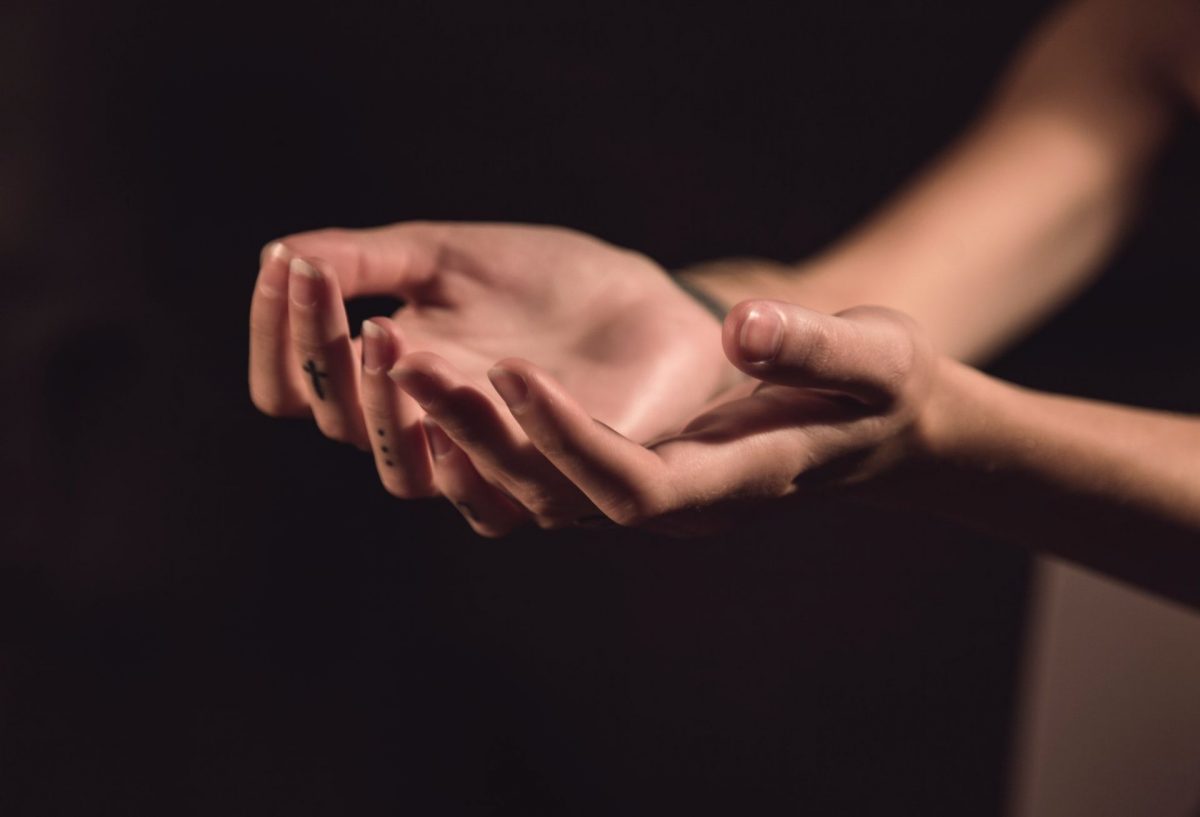
Reiki practitioners are trained healers who are able to be used as a conduit of universal life force energy to help others release unwanted mental, physical, and emotional ailments by encouraging a healthy flow of energy throughout the body.
Millions of people around the world have benefitted from Reiki and here’s how it works.
WHAT IS REIKI AND HOW DOES ENERGY HEALING THERAPY WORK?
Reiki therapy is a way of guiding energy throughout the body to promote the recipient’s self-healing abilities, according to the National Center for Complementary and Integrative Health (NCCIH). The Reiki practitioner doesn’t cause the healing, nor are they the source of that healing energy; they’re a channel for the energy — similar to the way a garden hose acts as a channel for water.
Reiki practitioners act as an open channel and the patient or recipient of the healing takes in the energy which is then directed to wherever in the body that needs it most. The word “Reiki” is a combination of two Japanese words: “rei,” which means “God’s wisdom,” or “the higher power,” and “ki,” which means “life force energy.”
Ki is the life force energy that animates all living things,” says Joan Maute, a licensed Reiki master teacher who practices in Waikoloa, Hawaii, and Charlottesville, Virginia, USA. Put together, “rei” and “ki” mean “spiritually guided life force energy.”
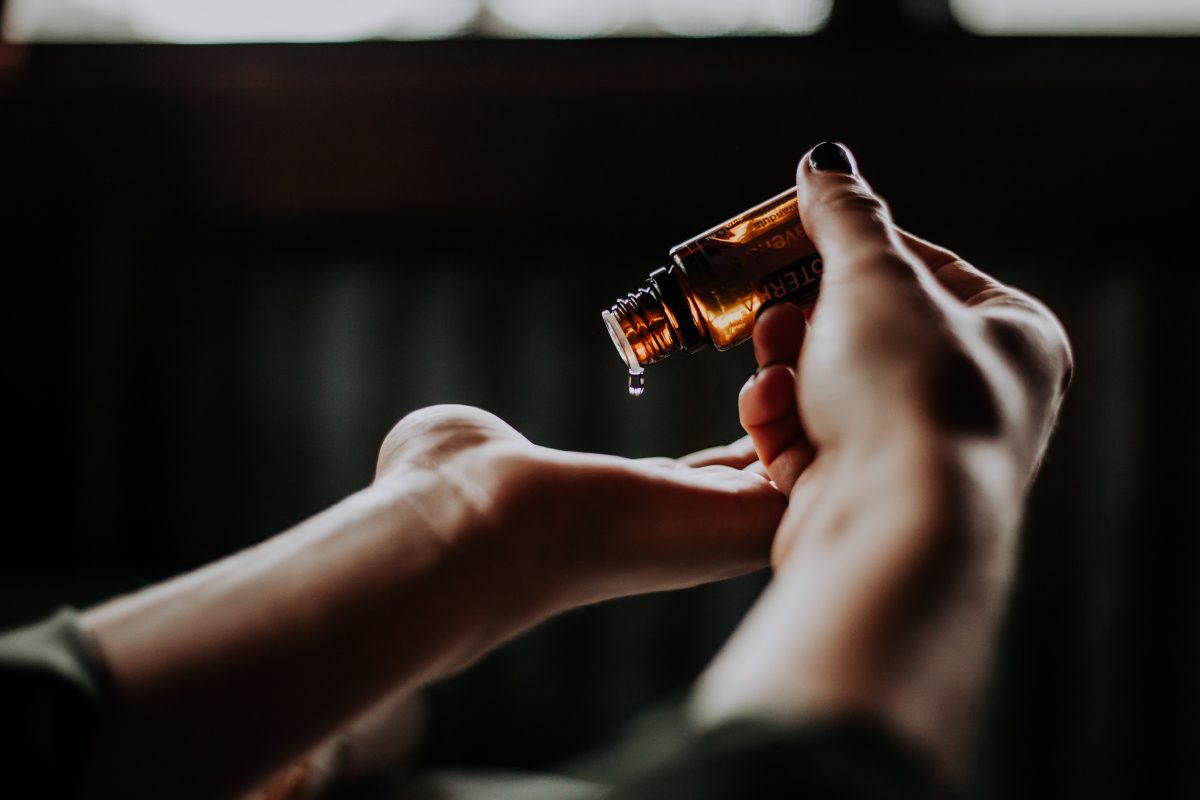
Reiki is taught according to the Japanese tradition of the “sensei” (teacher) who passes the knowledge to the student through attunement, an initiation ceremony that is thought to open the student’s energy channels to facilitate the flow of healing energy, according to an article in the Journal of the Advanced Practitioner in Oncology. Once open, these channels remain open for the rest of your life. One important thing to remember is reiki is not a religion nor is it associated with any specific religious practices.
Another key point is that Reiki is a complementary healing treatment, not a replacement. According to Reiki Master Victoria Bodner, LMT, It should not be used as a substitute for consultation or or medical treatment by a physician or psychotherapist.
“Reiki complements other types of medical and and therapeutic treatments, and it can increase the efficacy of other types of healing,” she says.
WHAT ARE THE BENEFITS OF REIKI?
Reiki practice may help with a variety of physical and emotional problems, including insomnia, stress, depression, anxiety, and pain.
For example, research suggests that Reiki may lower anxiety, stress, and pain in people undergoing surgery. In a study published in 2017 of patients undergoing knee replacement surgery, researchers separated 46 patients into three groups: One group received three or four 30-minute Reiki treatments throughout their hospital stay; a second group received the same number of placebo (sham) Reiki sessions; and a third group received neither Reiki nor sham Reiki. Every group also received standard medical care. Researchers found that only those who received Reiki saw significant reductions in pain, blood pressure, breathing rate, and anxiety pre- and post-surgery.
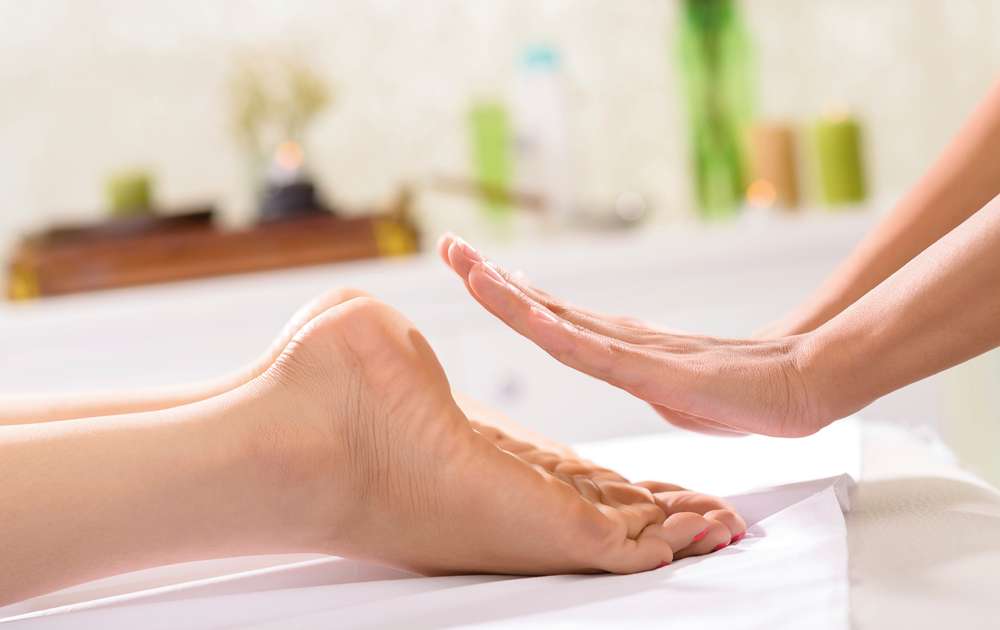
Reiki may also improve mood and sleep: A study published in Evidence-Based Complementary and Alternative Medicine found that college students who received six 30-minute Reiki sessions reported greater improvements in stress, depression, anxiety, and sleep. Other research suggests that Reiki and other forms of energy therapy may help patients with cancer improve pain control and anxiety levels. A main benefit of Reiki (that leads to a lot of other benefits) is reducing stress.
As our bodies cannot heal when they’re in a stressed state all the time, reiki gives your body a break from the stresses of daily life, helping your body return to a state of relaxation. Once in this state, your body is able to heal any damage brought on by stress, injury, or disease.
WHAT TO EXPECT AT YOUR FIRST REIKI SESSION
Reiki sessions vary in length, but they often last between 30 to 90 minutes. You’ll spend the entire session lying fully clothed on a treatment table (this looks like a standard massage table), but if you’re pregnant or otherwise can’t lie flat, you may be in a recliner (check with your practitioner first).In light of the pandemic, many are practicing distance healing nowadays and because energy moves through space and time just as effectively, reiki can be done via video call sessions, too, though some traditionalists have called this into question, preferring in-person treatment as the better choice.
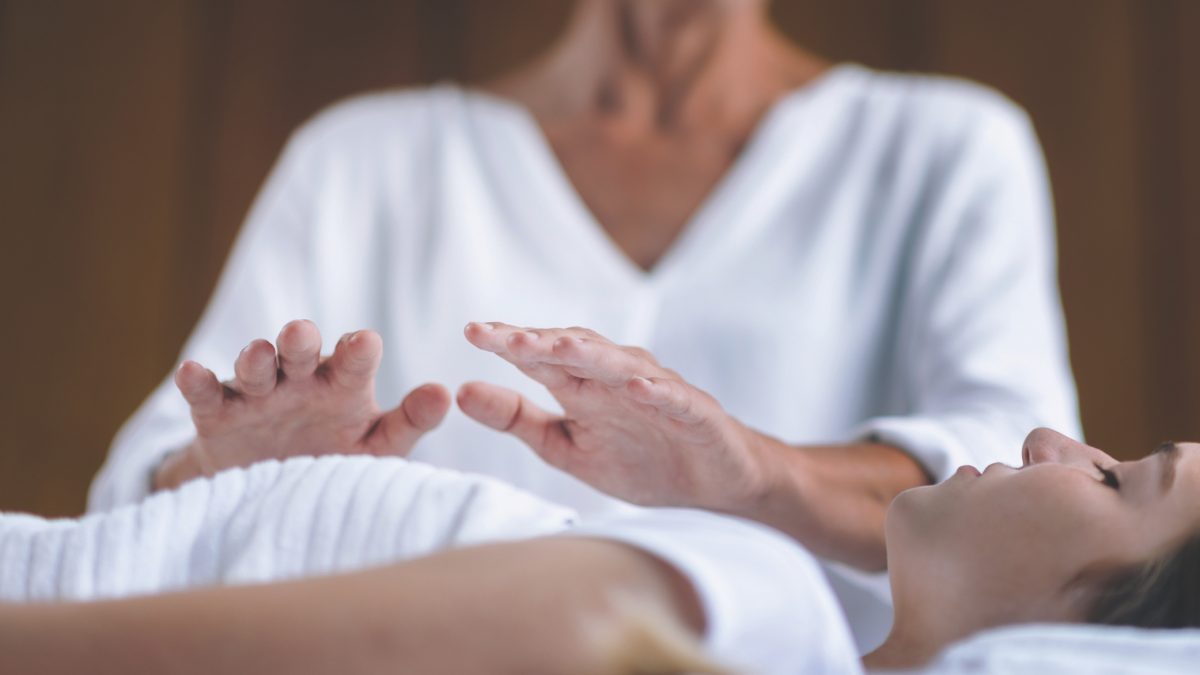
It’s preferable to wear loose, comfortable clothing for your session. You may be able to change your clothes at the practitioner’s office if needed, but check beforehand.
During the session, the practitioner will place his or her hands lightly on or near your body in a series of hand positions, including positions around the head and shoulders, the stomach, and the feet, as well as other positions based on the client’s needs. Each hand position is held for roughly 3 to 10 minutes, depending on how much the client needs in each position.
And because reiki is non-invasive, you can opt for a hands-off approach where the practitioner does not even need to place their hands on you. Whether or not the practitioner talks during the session will vary, but typically there’s very little talking to enable the patient to truly relax and even fall asleep if they want to. You may even enter a deep meditative state that helps restore the nervous system much faster and reduce stress more effectively.
"ExpatGo welcomes and encourages comments, input, and divergent opinions. However, we kindly request that you use suitable language in your comments, and refrain from any sort of personal attack, hate speech, or disparaging rhetoric. Comments not in line with this are subject to removal from the site. "


